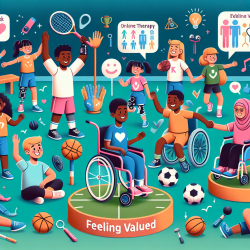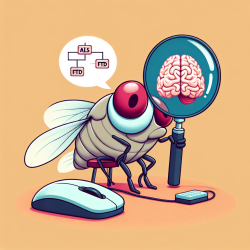As a Special Education Director, part of my role involves staying abreast of effective strategies and resources that can support our educators and therapists in delivering high-quality instruction and intervention. One notable resource that has garnered attention is the "BESST Book of Exercises for Successful Semantics Teaching," designed to bolster semantics and verbal reasoning skills in elementary-aged children. This blog post aims to unpack the value of BESST for practitioners and encourages further exploration of this resource.
The BESST program is a comprehensive tool developed by speech-language pathologists Rhoda Goldberg and Vicki Rothstein. It targets students facing challenges with semantics and verbal reasoning, a common hurdle in both special education and mainstream settings. BESST is structured around cognitive-language tasks believed to be complex for language-impaired children, thereby providing a scaffolded approach to enhance language comprehension and use.
Key Features of BESST:
- Two-Volume Set: The program is divided into two workbooks, each focusing on different aspects of language development. The first volume deals with classification and exclusion, while the second covers comparison, antonyms, synonyms, definitions, absurdities, and analogies.
- Cognitive-Language Tasks: These tasks are designed to challenge and build upon the child's existing language skills, promoting deeper understanding and usage of language.
- Hierarchy of Complexity: Each task within BESST is organized according to a hierarchy of cognitive complexity, ensuring that children can progress at a pace suited to their individual learning needs.
- Adaptability: The program offers flexibility, allowing educators and therapists to tailor the materials to fit the unique requirements of their students.
Implementing BESST in educational settings can significantly impact students' semantic knowledge and verbal reasoning abilities. By engaging in the structured activities provided, children can develop a more robust vocabulary, improved sentence structure, and enhanced comprehension skills. This, in turn, supports their overall academic achievement and social communication.
However, it's important to note that while BESST offers a wealth of materials and structured activities, its success largely depends on the expertise and creativity of the implementing educator or therapist. Collaboration among speech-language pathologists, special education teachers, and classroom teachers is crucial to effectively integrate BESST's strategies into the broader educational curriculum and to tailor the program to meet the diverse needs of students.
In conclusion, the "BESST Book of Exercises for Successful Semantics Teaching" is a valuable resource for any professional working to enhance language skills in children. Its comprehensive approach to building semantic knowledge and verbal reasoning offers a pathway to more effective communication and learning for students with language impairments. I encourage educators and therapists to explore this resource further and consider how it can be integrated into their practice.
To read the original research paper, please follow this link: BESST Book of Exercises for Successful Semantics Teaching.










